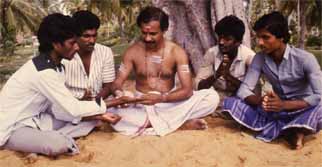|
Here are some common beliefs about religion — Indians used to be very religious but no longer are, religion is the domain of women and the elderly, and educated and urbane India has no time for religion.
If you also thought so, it is time you took a look at the findings of the HT-CNN IBN State of the Nation Survey conducted by the Centre for the Study of Developing Societies (CSDS). Every alternate respondent in this survey — 7,670 to be precise — was asked a series of questions about their religious beliefs, attitudes and practices. The findings are bound to surprise you. |

|

|
The survey found that urban, educated Indians are more religious than their rural and illiterate counterparts. Yes, women are more religious, but metropolitan women are far more religious than rural women. Predictably, the youth are a little less enthusiastic about religion. But the point is: religion in the country is on the rise.
If there is one social group that is least enthusiastic about religious practices, it is the adivasis. And if there is one group that is more religious than any other, it is upper caste Hindus who have been exposed to modern life more than others. |
|
Sanjay Kumar and Yogendra Yadav are social scientists working with the CSDS, Delhi
Related sources: Cosmos draws crowd at World Book Fair East meets West: The Origins of Western Palmistry Talk to the Hand The History of Palmistry Handy Predictions Finger out Your Health Sex I.D.: Find out how your mind works! The Simian Line: Merging of Mind & Heart |
|
COPYRIGHT © 2002-2013: Martijn van Mensvoort (Dutch version: |